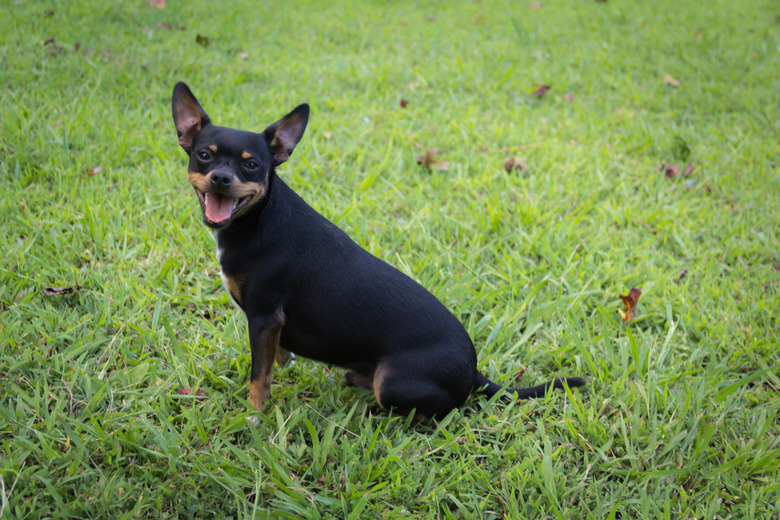How To Minimize Dog Shedding
Owning a dog shouldn't have to mean that the hours you spend cleaning house increase exponentially, but of course, nearly all canines shed to some degree, which means keeping a broom on hand is smart. Still, once you learn how to minimize dog shedding, your tidy-up time will likely be reduced, and your dog's coat should look clean and shiny too. Bear in mind that if you're in an epic battle to minimize dog shedding or someone in your house has allergies, there are certain breeds that don't shed at all, such as the Afghan hound, Chinese crested, giant schnauzer, and Bedlington terrier.
Minimize dog shedding
Minimize dog shedding
As you work to minimize dog shedding, it's a good idea to understand why this occurs in animals and when. Shedding is very normal since old, damaged fur has to drop away in order for new growth to come in. Depending on his breed, your pet's coat may fall out in a constant pattern, while other canines shed only at certain times of the year, particularly in the spring and fall. The reason for this is that your dog's coat is readying itself for warmer weather in spring, and the opposite is true when temperatures drop and his fur changes to prep for the colder months.
Dogs who live mostly inside may not build up a thick coat (and their shedding rate tends to even out over the course of the year) the way an outdoor dog does. The amount your dog sheds may also be determined by his coat's health as well as the fur type and length. For example, golden retrievers sport a double coat, which makes them big year-round shedders.
Gear up to fight shedding
Gear up to fight shedding
Dogs who tend to shed a lot will need regular brushing, even weekly, to keep their fur situation under control and to prevent matting and clumping. Even if your pup isn't a big shedder, grooming is still an important part of her coat's upkeep.
Once you're ready to tackle your dog's shedding, the next step is to get to know the types of brushes and other grooming gear that's on the market. If your animal has short hair, a natural-bristle brush or one of those hand mitts with tiny, soft spikes on it can get the job done. For canines with longer fur or a double coat, look for a tool like a slicker brush (or a coat rake when shedding is really heavy) that will push through your pet's tough outer layer to get to the second softer one beneath.
Groom for coat health
Groom for coat health
When brushing your dog's coat, pay attention to the way you wield your tool for optimal results. For example, on an animal with shorter hair, like a beagle or pug, you can minimize dog shedding by first brushing fur in the opposite direction from the way it naturally grows. This method helps to dislodge the dead hair. Next, smooth it down with your brush in the right direction in order to whisk away the fur you've loosened. If you're using a mitt, rub your dog's body in circles to loosen the hair and then sweep it away when you've created a small pile.
For a longer-haired pups, you can use the brush in the same way, first moving it against the grain so to speak and then brushing your pet's fur the way it tends to grow. With both types of brushing, you're not only helping to remove dead fur but you're distributing oils from the skin onto the coat, which helps improve its luster and health. Keep an eye on your dog's diet and water intake when it comes to shedding, as consuming a well-balanced diet and enough water can strengthen a canine's coat and reduce hair loss.
